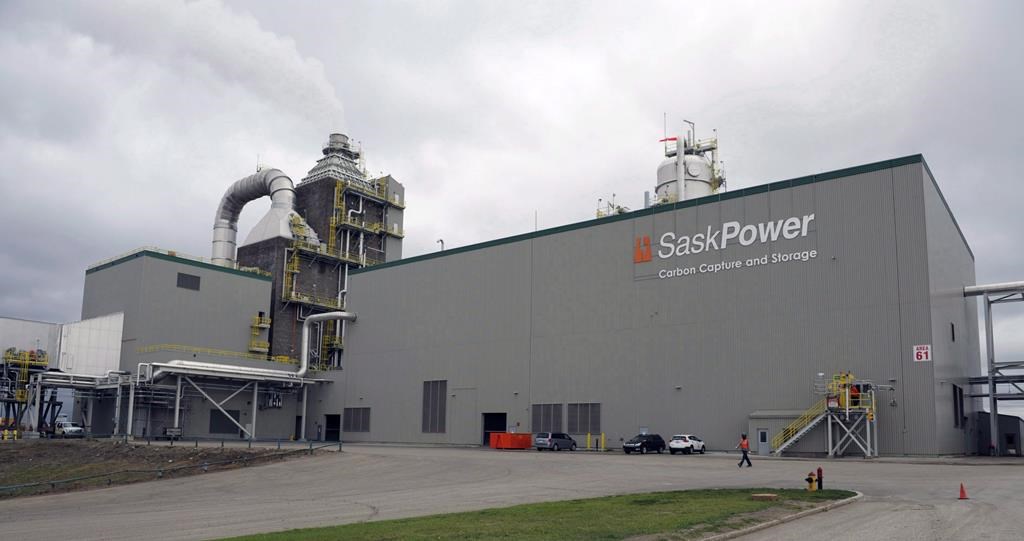Residents in Saskatchewan should expect to pay more for their power as both SaskEnergy and SaskPower have submitted rate proposals.

The Saskatchewan Rate Review Panel has recommended that the province approve SaskPower’s rate increases and the rate rebalancing.
A four per cent rate hike was proposed starting Sept. 1 of this year, with another four per cent bump for April 1 of next year.
A proposal to consolidate urban and rural customers into one rate class is on the table, and would see monthly charges increase for urban residents and decrease for rural customers.
The panel said that for a typical urban resident, if your bill for April 1, 2022 was $133 with taxes, then you should expect your bill for April 1, 2023 to be $147 with taxes.
Other recommendations made by the panel include:
- That SaskPower prepare public versions of its business plan, integrated resource plan, and depreciation study as part of its future rate applications.
- That SaskPower complete an analysis of the potential impact of eliminating the price hedging element of its natural gas exposure management policy on the corporation’s net income requirements at the time of the next application.
- That SaskPower continue to focus on limiting growth in Operations, Management and Administration (OM&A) per customer account to less than inflation and to continue to track and provide OM&A per residential customer for future applications.
- That SaskPower provide a report in its next application that indicates how it achieved the contingency savings that was presented in the OM&A budget.
- That the Capacity Reservation Service Rate, which is currently an interim rate, be confirmed and that in future applications the capacity reservation rate be updated as part of the application process.
It was added that customers should expect rates to increase in the years to come as well.
SaskEnergy said it submitted its proposal to the review panel, and customers will likely see a 16.8 per cent increase in year one, a 2.9 per cent increase for year two, and a three per cent increase for year three.

Get daily National news
“SaskEnergy’s residential customers currently have the lowest natural gas bills in Canada and will continue to have the lowest natural gas bills in the country if this proposal is approved,” said acting president and CEO Mark Guillet.
The release from SaskEnergy said it also had a hedging strategy to try and lock the commodity price of natural gas in the future, and make costs for customers a little more stable.
“Following the sharp rise in natural gas prices in 2022, some utilities across Canada have implemented commodity rates of more than $8 per gigajoule, which is almost double what we are proposing. Our hedging strategy has allowed SaskEnergy to propose a commodity rate of $4.20 per gigajoule, which is much lower than the market price of natural gas. Without this strategy, SaskEnergy would need a commodity rate of at least $6 per gigajoule.”
“This rate adjustment will allow SaskEnergy to continue maintaining, upgrading and expanding the system while managing the rising costs of fuel and other operating expenses impacted by inflationary pressures,” said Guillet.











Comments